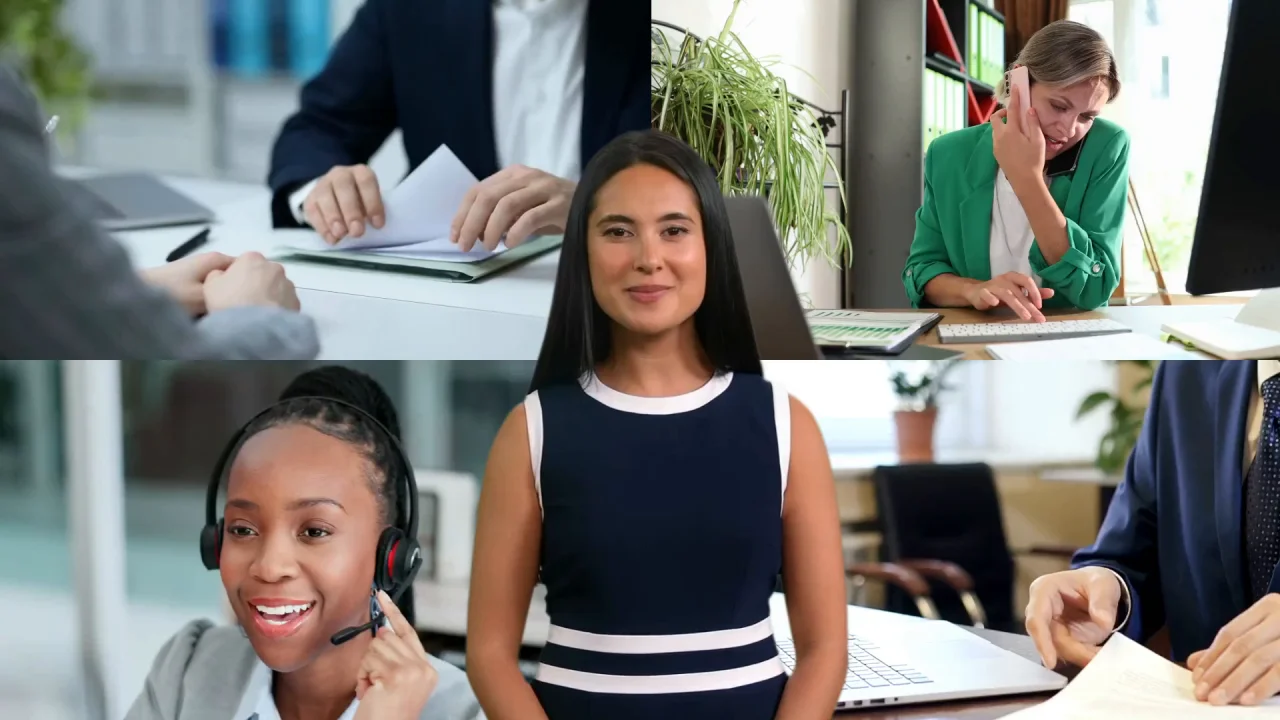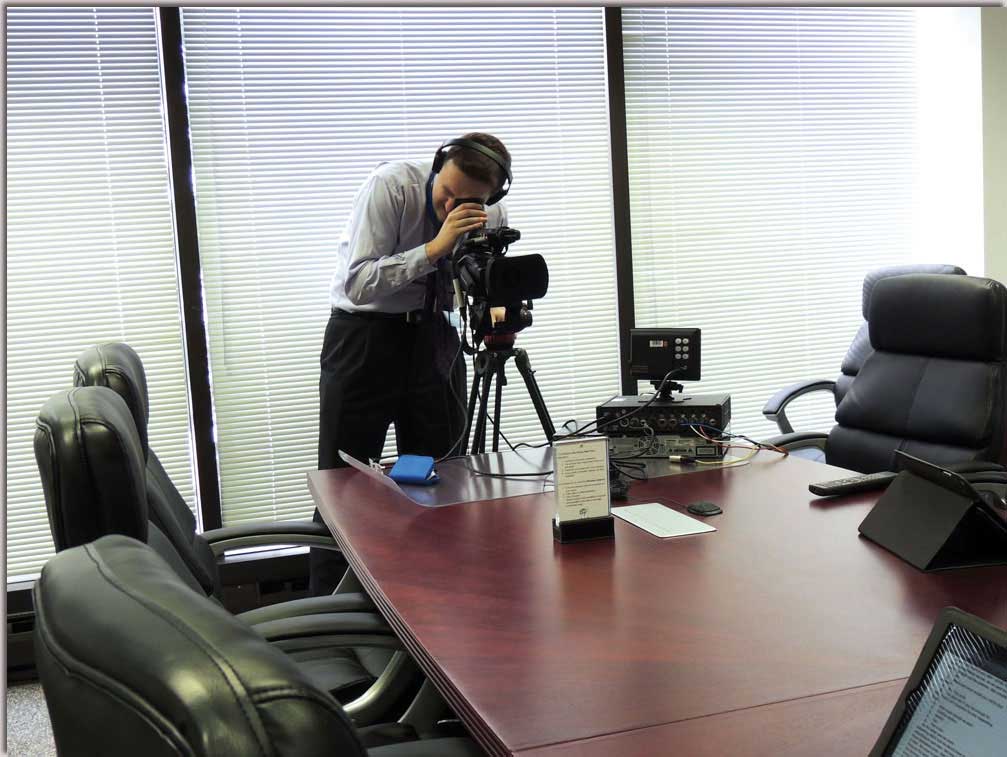The ultimate manual to using expert legal video professionally in the courtroom
Devices and ToolsQuality legal video production depends heavily on specific devices and tools developed to capture, modify, and supply clear and reliable aesthetic evidence. Essential parts consist of high-def video cameras that guarantee crisp picture high quality, in addition to microphones that catch audio with quality, reducing background sound. Tripods and stablizing systems improve the steadiness of video footage, considerable for keeping audience emphasis. Illumination devices is also important, as it aids light up topics efficiently, decreasing shadows and boosting presence. Furthermore, mobile recording devices are often utilized for depositions and meetings, ensuring adaptability in different setups. Ultimately, the best mix of these tools not just helps with exact documents but likewise sustains persuasive discussions in the court room, strengthening the integrity of the legal procedure.
Video Modifying Techniques
Reliable legal video production expands past recording top quality video; it likewise encompasses innovative editing and enhancing strategies that enhance the discussion of visual evidence. One crucial strategy involves the mindful choice of pertinent clips that ideal support the situation narrative. Editors often use changes, such as fades and cuts, to maintain viewer involvement while guaranteeing a sensible circulation of information. Color improvement and sound balancing are important for clearness, enabling jurors to focus on the content without diversions. Additionally, text overlays can highlight crucial points or offer context, making complex details a lot more easily accessible. expert legal video. By employing these modifying techniques, legal video experts develop engaging aesthetic help that properly communicate the essence of the situation, eventually serving to reinforce the arguments provided in the court room
Discussion Styles Described
While different presentation formats exist, each serves an unique function in the domain of legal video production. Common styles include depositions, trial presentations, and video exhibits. Depositions commonly capture witness statements, ensuring a trustworthy document for future referral. Test discussions use edited video sectors to succinctly communicate crucial points, commonly improved with graphics and comments for clearness. Video exhibits work as aesthetic aids, giving jurors with context and enhancing crucial disagreements. Each format counts on innovative innovation, consisting of high-grade cams and editing and enhancing software, to ensure clarity and professionalism and reliability. By picking the proper format, legal teams can successfully connect their story, facilitating a more interesting courtroom experience that supports their situation objectives.
Best Practices for Capturing Legal Video
Recording high-grade legal video requires careful consideration of devices option and setup, ensuring perfect illumination and audio top quality. Effective modifying and post-production strategies also play a crucial role in providing the end product plainly and skillfully. These best techniques are important for preserving the honesty and efficiency of legal video documentation.
Devices Option and Configuration
Choosing the right tools for legal video production is essential for guaranteeing high-grade video that satisfies legal criteria. Specialists typically choose high-definition cams efficient in capturing clear, detailed images. Tripods are crucial for security, staying clear of unsteady video that can threaten the discussion. Additionally, using numerous camera angles can enhance the story by offering different point of views. It is additionally suggested to have backup recording tools to stop data loss. Storage space remedies need to be dependable and sufficient to accommodate huge video data. When selecting tools, transportability is vital, as legal setups can vary in size and location. Video codecs ought to be compatible with editing software application to help with seamless post-production procedures.
Lighting and Sound Quality
Reliable lighting and audio top quality are crucial elements in the production of legal video, as they considerably affect the clarity and expertise of the final item. To accomplish perfect lighting, it is essential to make use of soft, diffused light resources that reduce severe shadows and stop glare. Position lights purposefully to illuminate topics uniformly, guaranteeing all faces and information show up. Relating to noise, utilizing top notch microphones is crucial; lavalier mics are typically favored for their ability to catch discussion clearly while reducing background sound. Additionally, checking ambient sound degrees throughout recording can aid maintain audio uniformity. By sticking to these finest practices, lawyers can enhance the efficiency of their video discussions, ensuring they convey the designated message with accuracy.
Editing and Post-Production Techniques
After ensuring perfect lighting and audio quality, the following stage in creating legal video entails careful editing and post-production methods. This phase is vital for boosting the clearness and professionalism and trust of the final original site product. It usually includes reducing unnecessary footage, fixing color disparities, and adjusting audio degrees to ensure crisp sound high quality. Integrating graphics, such as titles or notes, can assist stress essential factors and offer context. In addition, seamless shifts in between segments contribute to a systematic story flow. Legal video editors should likewise be mindful of compliance with legal criteria and privacy factors to consider, assuring that delicate info is handled appropriately. Ultimately, effective editing and enhancing and post-production boost the top quality of legal discussions, making them a lot more impactful in the court.
Integrating Legal Video Into Test Approach
Including legal video into trial approach can greatly boost the discussion of evidence and stories in the court room. By successfully using video, lawyers can give visual context that enhances their disagreements and aids jurors comprehend complex details quicker. Legal videos can include witness testimonies, reenactments, or aesthetic proof that supports the instance, developing a compelling story that resonates with the audience.
In addition, incorporating legal video permits tactical pacing during a trial. Lawyers can choose when to provide video evidence to optimize its impact, assisting to maintain juror interaction and focus. Furthermore, using legal video can help with clear interaction of bottom lines, making certain that essential aspects of the case are not overlooked. In general, integrating video elements thoughtfully into trial strategy can considerably affect the court's understanding and understanding, possibly guiding the outcome in favor of today event.
Enhancing Jury Engagement With Legal Video
Although jurors frequently face info overload throughout tests, enhancing their involvement via legal video can considerably boost their emphasis and understanding. Legal video functions as a vibrant tool that transforms complex information into digestible visual stories. By including video presentations, lawyers can efficiently illustrate essential evidence, witness testimonies, and case timelines, making the web content much more relatable and simpler to comprehend.
Visual aspects catch jurors' attention, enabling them to soak up info extra successfully than with spoken explanations alone. In addition, using top notch legal video can evoke emotional reactions, cultivating a deeper connection to the instance. This emotional involvement can especially influence jurors' understandings and decision-making procedures.
Eventually, legal video not just clarifies complex details but likewise reinforces the overarching themes of a test, making sure that jurors stay involved and informed throughout the process. As a result, it becomes an important property in modern-day court room presentations.
Situation Researches: Successful Use of Legal Video in Trial Runs
As legal experts progressively recognize the influence of aesthetic storytelling, many study illustrate the effective application of legal video in tests. One significant situation included a personal injury lawsuit where video depositions of witnesses significantly improved the court's understanding of the occurrence. The vibrant imagery and psychological statements created an engaging story that influenced the jurors' assumptions.
In one more circumstances, a criminal trial made use of surveillance video footage to rebuild the events leading up to a break-in (expert legal video). The video proof clarified incongruities in witness testimonies, eventually guiding the jury's choice towards a sentence
In addition, a company Click This Link lawsuits instance showcased the tactical usage of computer animations to explain complicated monetary transactions, enabling jurors to comprehend detailed information easily. These instances highlight how legal video not just aids in presenting evidence however likewise improves general involvement, causing more informed court considerations and outcomes my company in different legal contexts.
Regularly Asked Concerns

Exactly How Is Legal Video Different From Conventional Video Recording?
Legal video differs from traditional video recording in its purpose and adherence to particular legal standards. It concentrates on clearness, information, and appropriate documents, ensuring that the video is suitable for use in legal process.
What Are the Expenses Connected With Legal Video Production?
The expenses related to legal video production differ extensively, affected by aspects such as equipment top quality, editing complexity, and the production team's proficiency. Extra expenses might consist of place charges and post-production solutions for suitable discussion.
Can Legal Video Be Made Use Of in Appellate Courts?
Legal video can be made use of in appellate courts, mainly as a device for demonstrating trial procedures. Nonetheless, its admissibility depends upon jurisdictional rules and whether it serves to make clear the document or step-by-step problems.
What Are the Legal Needs for Making Use Of Video in Court?


The legal needs for making use of video in court usually include adherence to policies of proof, proper verification, ensuring importance, and conformity with jurisdictional policies. These elements assure the honesty and dependability of the video proof provided.
How Do I Select a Legal Video Provider?
Choosing a lawful video service copyright entails reviewing experience, modern technology, and online reputation. Consider aspects such as accreditation, client testimonials, and schedule to ensure the service provider satisfies particular legal needs and improves court efficiency.